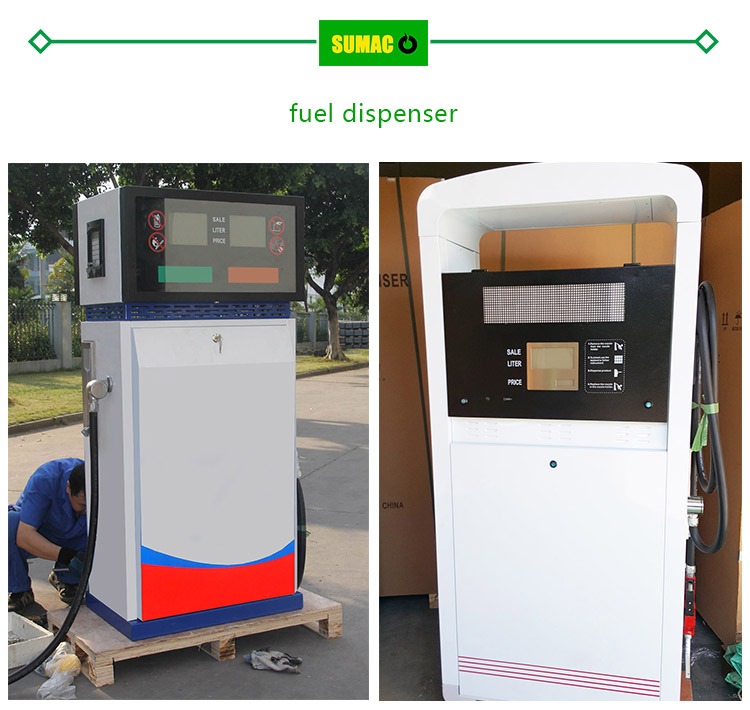The explosion - proof design of gasoline transfer tanks is crucial to prevent catastrophic accidents caused by flammable vapors. Several key aspects must be considered to ensure safety.
1. Material Selection and Construction
The tank body should be made of high - strength materials with good corrosion resistance, such as stainless steel or carbon steel with anti - corrosion coatings. Welding and jointing techniques must meet strict standards to avoid weak points that could lead to leakage. The thickness of the tank walls is calculated based on pressure requirements and potential impact forces to withstand internal pressure surges and external mechanical damage, reducing the risk of rupture and vapor leakage.
The tank body should be made of high - strength materials with good corrosion resistance, such as stainless steel or carbon steel with anti - corrosion coatings. Welding and jointing techniques must meet strict standards to avoid weak points that could lead to leakage. The thickness of the tank walls is calculated based on pressure requirements and potential impact forces to withstand internal pressure surges and external mechanical damage, reducing the risk of rupture and vapor leakage.
2. Ventilation and Pressure Relief
Proper ventilation systems are essential. Tanks are equipped with breather valves that allow air to enter and exit freely under normal conditions, preventing excessive pressure buildup or vacuum formation. Pressure relief valves are installed to automatically release excess pressure when it exceeds a set limit, typically due to thermal expansion of gasoline or vapor accumulation. This prevents the tank from over - pressurizing and potentially exploding.
Proper ventilation systems are essential. Tanks are equipped with breather valves that allow air to enter and exit freely under normal conditions, preventing excessive pressure buildup or vacuum formation. Pressure relief valves are installed to automatically release excess pressure when it exceeds a set limit, typically due to thermal expansion of gasoline or vapor accumulation. This prevents the tank from over - pressurizing and potentially exploding.
3. Electrostatic Prevention
Gasoline transfer can generate static electricity, which may ignite flammable vapors. To address this, tanks are grounded using dedicated grounding wires with low resistance to quickly discharge static charges. Anti - static coatings can also be applied to the interior of the tank to reduce the accumulation of static electricity. Additionally, using conductive hoses and equipment during the transfer process helps dissipate charges.
Gasoline transfer can generate static electricity, which may ignite flammable vapors. To address this, tanks are grounded using dedicated grounding wires with low resistance to quickly discharge static charges. Anti - static coatings can also be applied to the interior of the tank to reduce the accumulation of static electricity. Additionally, using conductive hoses and equipment during the transfer process helps dissipate charges.
4. Flame Arrestors
Flame arrestors are installed at the tank's vents. These devices prevent flames from entering the tank by disrupting the combustion process. They are designed to allow gas flow while blocking the propagation of fire, providing an additional layer of protection against external ignition sources.
Flame arrestors are installed at the tank's vents. These devices prevent flames from entering the tank by disrupting the combustion process. They are designed to allow gas flow while blocking the propagation of fire, providing an additional layer of protection against external ignition sources.
5. Temperature and Leak Monitoring
Temperature sensors are placed inside and outside the tank to monitor temperature changes. High temperatures can increase the volatility of gasoline and the risk of explosion, so early detection allows for timely cooling measures. Leak detection systems, such as sensors that detect gasoline vapors or liquid leaks, are also crucial. Immediate alerts enable operators to take corrective actions before a hazardous situation escalates.
Temperature sensors are placed inside and outside the tank to monitor temperature changes. High temperatures can increase the volatility of gasoline and the risk of explosion, so early detection allows for timely cooling measures. Leak detection systems, such as sensors that detect gasoline vapors or liquid leaks, are also crucial. Immediate alerts enable operators to take corrective actions before a hazardous situation escalates.
6. Electrical Equipment and Ignition Prevention
All electrical components near the tank, including lighting, pumps, and control systems, must be explosion - proof rated. These devices are designed to prevent the generation of sparks or hot surfaces that could ignite gasoline vapors. For example, explosion - proof enclosures isolate electrical contacts and limit heat transfer to the surrounding environment.

All electrical components near the tank, including lighting, pumps, and control systems, must be explosion - proof rated. These devices are designed to prevent the generation of sparks or hot surfaces that could ignite gasoline vapors. For example, explosion - proof enclosures isolate electrical contacts and limit heat transfer to the surrounding environment.

